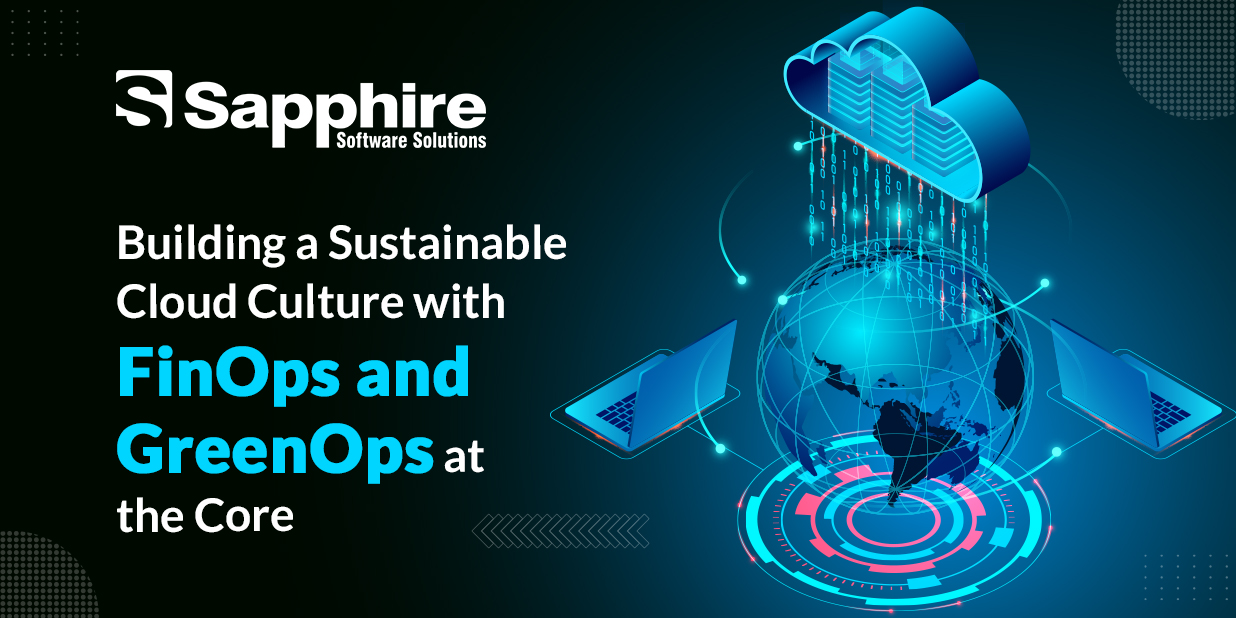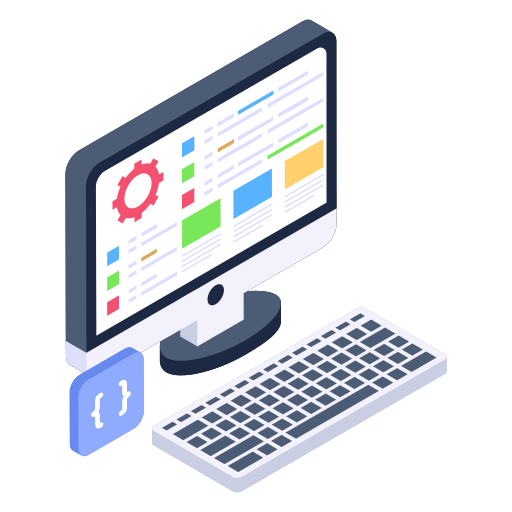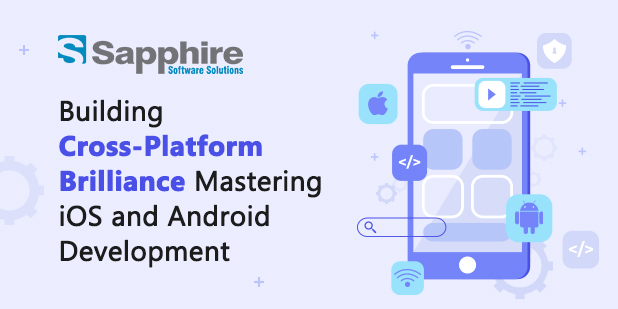Remember when migrating to the cloud was all about ditching bulky servers? Those days are behind us. The cloud has evolved—and so have the stakes. Smart organizations now know that cloud adoption isn’t just a technical move—it’s a strategic responsibility impacting both profits and the planet. I’ve seen companies dive into cloud-first strategies only to struggle with soaring bills and sustainability blind spots. The common theme? Great tech, no accountability.
That’s where FinOps and GreenOps come in. These aren’t just buzzwords—they’re action plans. By combining financial control with environmental responsibility, these frameworks are changing how cloud strategies are built and executed. What’s exciting is how universally applicable they are. Whether you’re a startup or an enterprise, these approaches scale. Cloud success today demands more than performance—it calls for purpose.
Thinking about how to evolve your cloud practices? Let’s chat—request a free quote and explore what’s possible.
What is FinOps?
Ever been shocked by your cloud bill? That’s the problem FinOps solves. FinOps, or Financial Operations, helps companies take control of cloud spending by uniting engineering, finance, and business teams. No more isolated decisions or billing mysteries—just clear, collaborative cost management. Traditionally, engineers deploy resources without budget visibility. Finance sees bills they can’t decipher. Leaders greenlight projects without knowing the return. FinOps turns this chaos into coordination. Whether you’re using FinOps AWS, FinOps Azure, or a mix, the core principles remain: visibility, accountability, and continuous optimization.
The FinOps Definition, Explained:
Here’s the essence:
“A cultural practice where cross-functional teams take ownership of cloud usage supported by a central best-practices group.”
That last part is key. Without central guidance, FinOps can quickly stall. When done right, it embeds accountability into everyday decisions, turning cloud spend into a strategic investment.
Who Makes It Happen?
Enter the FinOps analyst—your secret weapon. These professionals connect the dots between tech and finance, digging into bills, identifying waste, and aligning usage with business goals. I once worked with a finance firm that discovered a single idle data lake eating up 40% of their cloud costs. A FinOps analyst spotted it within days, saving thousands instantly. Many companies partner with a FinOps company to access proven frameworks, automation tools, and ongoing guidance. This often speeds up maturity and avoids common missteps. Tired of unpredictable cloud bills? Our FinOps experts can help you get clarity—reach out for a free consultation.
What is GreenOps?
If FinOps handles your budget, GreenOps takes care of your environmental footprint. With data centers consuming massive energy, ignoring the ecological cost of the cloud isn’t an option anymore. Wasteful cloud use harms both your wallet and the planet. GreenOps helps organizations make cloud decisions with sustainability in mind. It integrates with your existing DevOps processes, making everyday infrastructure choices environmentally smart.
Developers often embrace green devops practices once they see the real-world impact—like how choosing the right server region can lower emissions without slowing performance. Best of all, GreenOps doesn’t require big changes. Just better choices—consistently made.
Green Ops Tactical Approach:
A strong green ops tactical plan includes:
- Measurement first – Track your cloud’s carbon output to prioritize improvements.
- Location intelligence – Deploy workloads in cleaner regions powered by renewables.
- Resource hygiene – Clear out idle resources eating up energy and money.
- Vendor alignment – Choose providers whose sustainability goals match yours.
A media company I helped cut emissions by 62% just by moving processing to cleaner cloud regions—without missing a beat. Curious where your cloud stands on the sustainability scale? Let’s assess and improve—free of charge.
Intersection of FinOps and GreenOps:
Here’s the magic: FinOps and GreenOps naturally support each other. Often, what cuts costs also reduces emissions. They’re two sides of the same coin. Let’s say you clean up unused virtual machines. You’ll lower your cloud bill—and your energy consumption. That’s impact at scale.
Forward-thinking teams merge efforts, creating joint goals and shared KPIs. I worked with a health tech company that formed a “cloud efficiency team” combining cost and sustainability roles, and saw over 30% reduction in both expenses and carbon output. This synergy creates a multiplier effect. What starts as a financial audit can evolve into a sustainability initiative—and vice versa. In essence, when cloud strategy becomes everyone’s business, it becomes everyone’s win.
What’s the Synergy Between GreenOps and FinOps?
Let’s dig deeper into how they complement each other:
1. Dual-Purpose Optimizations:
Smart changes do double duty. Auto-scaling, for instance, adapts to demand, cutting costs and energy use in one move. By aligning priorities, teams avoid conflicting agendas and make changes that benefit all stakeholders. Other examples include right-sizing workloads, scheduling compute resources to run only during active hours, and migrating to serverless architecture. These aren’t just cost-savers—they’re green wins.
2. Unified Metrics and KPIs:
Modern dashboards now show cost and carbon impact together. One retail client created an “efficiency score” blending both, making it easy to prioritize impactful actions. By combining financial and environmental insights, organizations build stronger business cases for optimization projects. It’s not just about budget—it’s about brand reputation, compliance, and long-term viability.
3. Smarter Automation:
Automation gets powerful when it’s informed by both financial and environmental goals. One client rerouted analytics jobs based on carbon intensity across regions—cutting costs and emissions at once.
We’re also seeing ML-powered tools that predict usage spikes and automatically reallocate resources to the greenest, most cost-effective zones.
4. Cultural Alignment:
Blending FinOps services and green DevOps thinking fosters a culture where efficiency is excellence. Engineers begin to see sustainability not as red tape, but as smart architecture. Sustainability becomes an engineering challenge, not just a corporate policy. And that’s when real innovation happens.
5. Supplier and Vendor Alignment:
Procurement decisions are no longer just about features or price. Cloud vendors are being evaluated on their sustainability posture as well. Companies now ask:
- Does this vendor offer emissions transparency?
- Do they have net-zero goals?
- Can they help us hit our ESG targets?
By aligning both cost and environmental criteria in procurement, organizations ensure long-term value from their cloud partnerships. Want to build this in your org? Let’s create your tailored strategy—reach out for a no-pressure consult.
Endless Journey of Sustainable FinOps:
One big takeaway from my work: there’s no finish line. Sustainable FinOps is an ongoing cycle of improvement. The cloud changes fast, so your optimization efforts need to keep pace.
How to Keep Momentum Going:
- Use adaptive automation – Go beyond static scripts. Tools powered by AI can detect inefficiencies in real time.
- Create actionable feedback loops – Don’t just monitor—automate responses to inefficiencies.
- Share ownership – Let teams manage their usage while tapping into central expertise.
- Get outside perspective – Annual reviews with a FinOps company surface blind spots and new ideas.
With platforms like FinOps AWS, FinOps Azure, and other FinOps cloud solutions offering more native tools, it’s never been easier to start. But tools alone won’t get you there—culture and people matter most. Organizations with embedded FinOps analysts and sustainability leads in cloud teams outperform others by being more agile and proactive. Don’t wait for your next billing surprise or climate policy shift—act now. Ready to evolve your cloud practices? Book a free session with our specialists today.
What Every Leading IT Company Is Focusing On:-
The best companies don’t just cut costs—they lead with efficiency.
Here’s what sets a Leading IT Company apart:
- They adopt Cloud Computing Services with built-in efficiency, not add-ons.
- They hire proactive FinOps analysts embedded in dev teams.
- They treat carbon metrics like business KPIs—tracking and reporting them regularly.
- They implement governance through code, not bureaucracy.
- They make public sustainability commitments that drive internal accountability.
By integrating FinOps, GreenOps, and the Best IT Services, these companies create a cloud ecosystem that’s agile, accountable, and aligned with future goals. You don’t need a massive budget to adopt these practices. Start with high-impact changes and scale up. Sustainability and cost efficiency have become competitive differentiators. In procurement cycles, environmental impact is now a deciding factor, especially among enterprise buyers and government clients. By building FinOps and GreenOps into your offering, you demonstrate that your company is future-ready and values-driven.
Don’t Forget the Human Factor:
The best strategies include training and change management. Give your teams the tools, training, and time to adapt. Celebrate quick wins. Share dashboards. Gamify efficiency.
Efficiency isn’t just about code and cloud—it’s about culture.
Role of Cloud Computing Services in Digital Transformation:
Cloud Computing Services have gone from being optional to essential in digital transformation. But expectations have shifted. It’s no longer just about uptime—it’s about how well a platform supports agility, cost control, and sustainability.
Today’s leaders evaluate cloud providers based on:
- Scalability – Can it handle spikes without overprovisioning?
- Transparency – Can teams see and control costs in real time?
- Sustainability features – Can it report and reduce carbon output?
- Security – Can it protect data without slowing innovation?
One healthcare firm I worked with cut time-to-market by 60%—and stayed within budget—by choosing a provider that aligned with both FinOps and green ops tactical goals. Leading providers now offer sustainability dashboards and policy enforcement tools out of the box. If your provider doesn’t, ask why.
FinOps & GreenOps: Powering the Future of Sustainable Cloud Operations
Conclusion:
If there’s one truth I’ve learned, it’s this: responsible innovation is the new competitive edge.
Putting FinOps and GreenOps at the heart of your strategy isn’t about limiting potential—it’s about enabling smart, scalable growth.
This approach delivers:
- Financial control that fuels innovation
- Environmental leadership that earns trust
- Unified teams driving toward shared goals
- A future-ready foundation for long-term success
Whether you’re using FinOps AWS, FinOps Azure, or both, these principles work across the board.
The most successful companies aren’t the ones spending the most—they’re the ones spending wisely and sustainably.
So, ask yourself: Can you afford to ignore this any longer?
Ready to shape a smarter, greener cloud strategy? Let’s build it together—book your free assessment and discover how our Cloud Computing Services can support your journey.






































